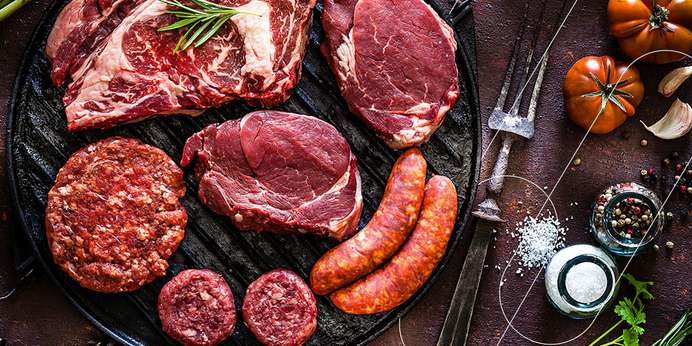Understand Common Meat Color Reactions
What color do you think of when you hear raw meat? Most likely, you're thinking of bright red or pink, a color caused by the protein myoglobin mixing with oxygen. These are the colors we learn that indicate fresh and healthy raw meat. While this is generally true, the exact color of meat can vary by the animal's species, diet and many other factors throughout its life. Also, the more it is exposed to oxygen, the more likely it is to fade or darken in color.
Discoloration does not necessarily indicate a piece of meat that is past its prime, but for a majority of consumers, discolored meat is the first red flag that they should avoid certain cuts and find another option.
Recognize the Effect of Outside Influences
Even when your meat is the proper color, outside factors can change the public perception of it. Consider these when you're making your sales plan:
- Background or packaging: Your meat's color will look different when it's placed on a white styrofoam package when compared to the butcher's block. Using packaging that enhances your meat's coloration can ensure buyers see your meat the way you want them to.
- Lighting: In any scientific measurement of meat color, you control variables such as lighting. When your package reaches its point of sale, however, you have no control over any one location's lighting preferences and whether it changes throughout the day. Try to evaluate your meat under a range of natural and artificial lighting to get a clear picture of what your average consumer may see.
Use the Right Tools for Meat Color Measurements
How do you make sure you get precise meat color measurements every time? While there are no strict guidelines to measure the color of meat, there are best practices, like using a spectrophotometer to gauge objective color without the influences we mentioned above affecting your outcome. You can learn more about the top spectrophotometers on the market on HunterLab's meat coloration page.


